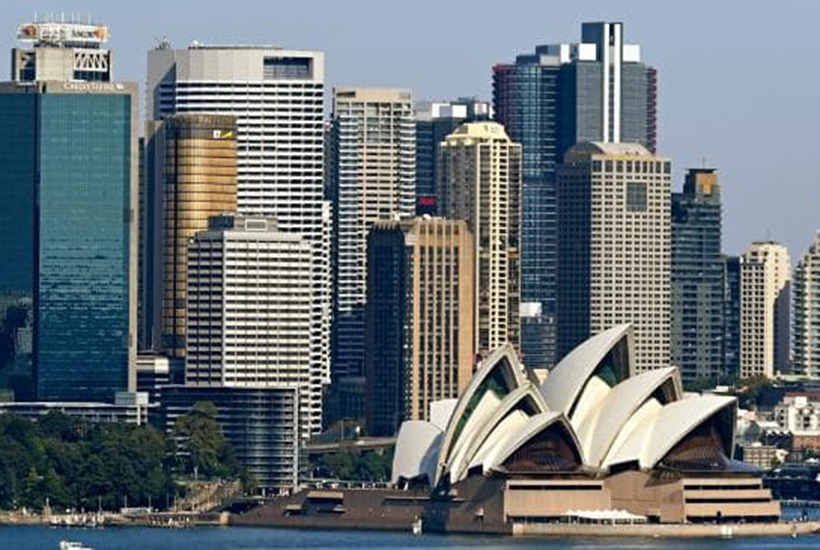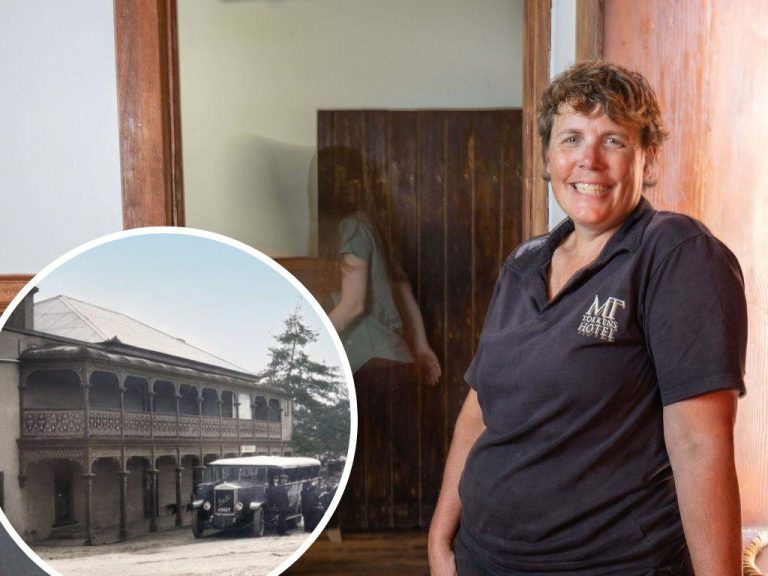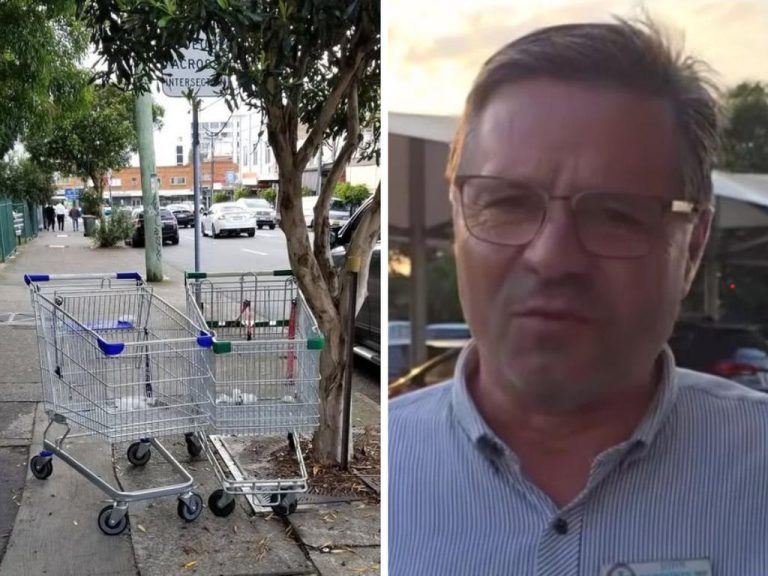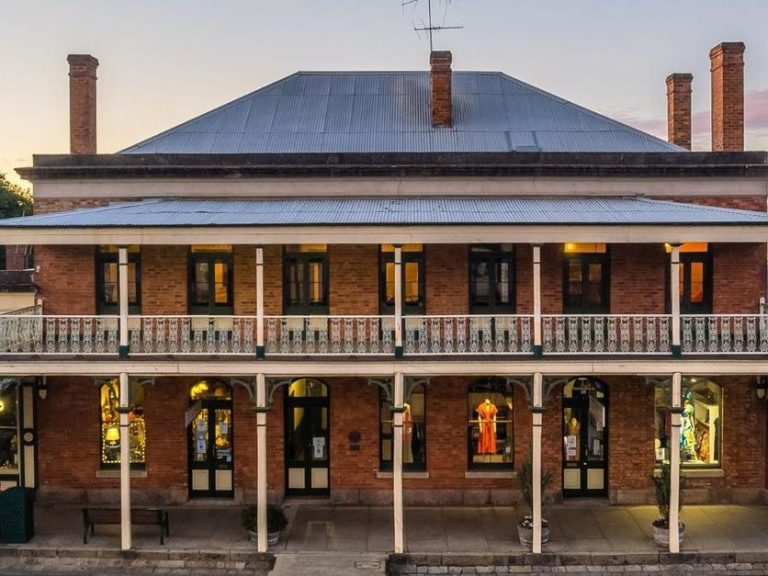Boom time to continue for Sydney office market

Every year the Property Council asks which office markets will perform best in the year ahead. For about five years, the answer has been Sydney. Indeed, the Sydney office market has been the best of all the commercial markets over that period.
There was one year when the shortage of hotel space boosted returns — but that was a long time ago. Total returns (yield plus capital growth) for investment in the Sydney office market have been more than 20% per annum for the last three years. Even more impressive is the average return for the eight years of this decade has been more than 17%.
That can’t last forever. But our answer for next financial year is the same, with an expected Sydney office return around 20%. There are a few more years yet before this cycle runs out of steam.
Commercial Insights: Subscribe to receive the latest news and updates
The reason is Sydney is not building nearly enough office space, so that vacancy rates are likely to stay really tight for another three years. That will drive further strong rises in rents and property values. We are only now embarking on the phase of development which will ease that shortage of space. And, given the recent experience with residential, we all know what a phase of development means for site values.
Five years ago Sydney office rents were barely enough to underwrite the feasibility of a project with high rent and low site costs. That was Barangaroo. And its development frightened off most other developers. Hence the current shortage of space.
Over the last five years, CBD effective rents have more than doubled and yields have firmed so that they are now sufficient to underwrite new development — in the CBD, at least. And now we have started the new round of major projects.
But we’ll need to build a lot more than that. On our forecasts, including new building and refurbished space, we’ll end up building about 2 million square metres of space in the Sydney Metropolitan area over the next five years. Given that we’ll be tearing down older buildings and refurbishing others, that’s a little more than we’ll need to satisfy demand. But once we start, we’ll keep going. That’s the nature of the cycle.
We can’t build it all in the CBD. It’s all very well to say CBD development is financially feasible. The point is that there aren’t enough sites in the CBD, at least not at these rents. The greater the value of the old building that we are tearing down, the higher the rent (and hence the end value of the new building) needs to be. The higher the rent, the more potential sites will become financially viable.

But while the shortage of space will continue to drive up rents, it will take considerable time to consolidate the next round of CBD sites. Until recently, development was constrained to the CBD, with rents and property prices in the suburban centres too low to underwrite development feasibilities. But rents in the suburban centres are catching up, rising by over 50%, more in North Sydney, over the last five years. Hence the substantial projects which have begun in Parramatta. And there are plenty of suitable relatively low cost sites, particularly in Parramatta and Macquarie Park.
In the imminent round of office development, there will be a lot more projects in the non-CBD markets than in the CBD.
Many commentators baulk at that proposition, saying most tenants don’t want to be located outside the CBD. Certainly, many companies have a preference for a CBD location. And they can afford it when space is cheap — now just above development cost. It’s not as cheap as it used to be, but as we see now that was never sustainable. However, many tenants currently in good quality buildings in the CBD won’t be able to afford to stay there when rents are substantially higher. And rents will be a lot more expensive before this is over.
As their leases expire, businesses will look for more affordable space — either lower quality space in the CBD or space in suburban centres. That happens every cycle. It’s just we haven’t seen a cycle like this since the 1980s boom. And most of the current managers have forgotten.
Over the next four years, we expect net effective rents in CBD and suburban centres to rise by a further 40 to 50 per cent, depending on the location, underwriting price rises of about 40%. This cycle has a lot further to go.
As we proceed, the development equation will become more urgent. Developers will build in the best available locations. But we’ll quickly run out of sites in the CBD. It will take time to consolidate the next round of CBD sites. As a result, most of the next round of development will be in the suburban centres — less in North Sydney, St Leonards and Chatswood which are also site constrained and more in Parramatta, Macquarie Park and other locations with available space.
That’s just what happened in the 1980s boom. After the initial CBD developments, most of the building was in suburban centres. By the time sites in the CBD had been consolidated, they started to build just in time to bring their projects on as the market oversupplied. In fact, after the bust we were left with 10 hoarded-up development sites in the city. I guess that’s the only way we could get a CBD golf driving range.
I suspect we’ll do it again. Will we never learn? Time will tell.
At this stage we don’t really know how long and strong the boom will be. We are forecasting a moderate little cycle lasting another four years, followed by a downturn. But the boom could go longer and stronger with a bigger bust at the end. As a result, by the time projects are largely completed, we’re looking at net additions over the next six years of over 2 million square metres of office space Metro-wide, of which 1.3 million square metres will be outside the CBD. Given that we need an office building to work in, that will determine where most of the growth in services jobs will go.
The Sydney office market remains our pick in commercial property, and certainly a lot better than residential. We’re looking at an internal rate of return of 8.5%, driven by the market’s strength over the next five years. But subsequent downturn means 10-year returns will be lower.
It has been a long time since the last cycle. But I think we’re going to do the 1980s again.
Frank Gelber is chief economist at BIS Oxford Economics.
This article originally appeared on www.theaustralian.com.au/property.







